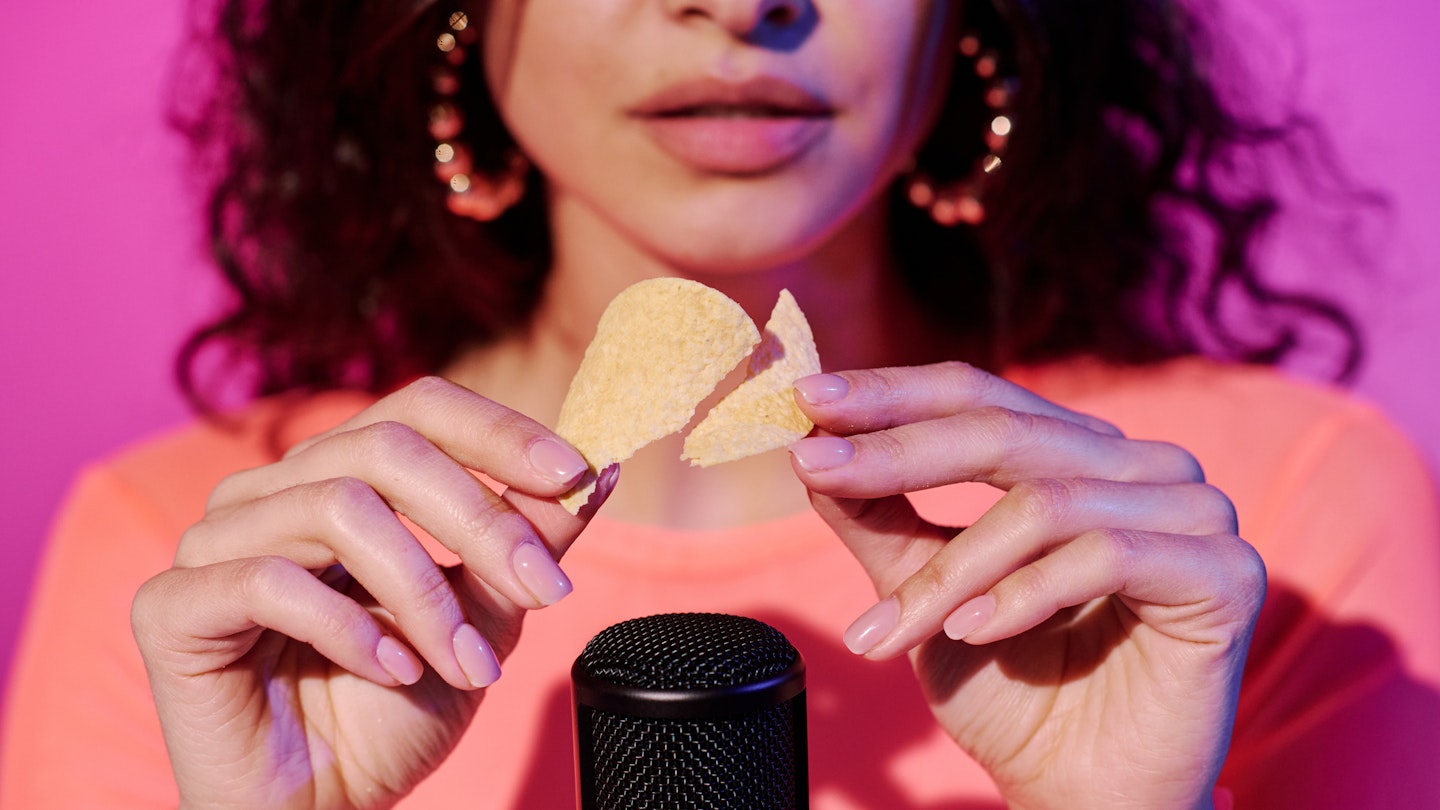Happened to scroll across a video of a woman whispering into a camera? Found yourself mesmorised by her exaggerated plosives and bizarre hand gestures? Well, you’re not alone. Welcome to the weird but wonderful world of ASMR.
A cultural phenomenon taking the world by storm, it's almost impossible to hop onto social media without encountering at least one piece of ASMR content. In a time when we’re all desperately trying to gain control and relax, ASMR is fast becoming one of the most popular forms of online content.
Wondering what on earth this is all about and just why we’re all obsessed with whispers? You’ve come to the right place.
What is ASMR?
ASMR is a corner of the internet where dozens of social media users make videos recording themselves, doing everything from whispering whilst doing their makeup routine, tapping random objects, or role-playing elaborate storylines. Basically, ASMR is focused on bringing about the sensation of deep relaxation characterised by a tingling of the skin, and a feeling of euphoria and peace washing over the body and brain.
And recently, we've even got our fave celebs in on the trend...
What is the meaning of ASMR?
ASMR has full celeb support from TV and Radio presenter Fearne Cotton who called it, 'a beautiful tapestry of sounds, hand movements and visuals that induce a sense of peace, calm and serenity,' making it 'a holistic approach and tool to help aid sleep, relaxation, and many other things.'
ASMR stands for Autonomous Sensory Meridian Response, which refers to the feeling people get when they watch stimulating videos. Many describe the feeling as ‘tingles’ that run through their spine, while others claim that watching ASMR videos can even send them to sleep.
The term ASMR was coined by Jennifer Allen in 2010 who wanted to be able to describe the tingling sensation that she was feeling.
What is the science behind ASMR?
Although it sounds very technical, there’s no actual science or research behind the cultural phenomenon. The term itself is believed to have been coined back in 2010 by a woman named Jennifer Allen, who started a Facebook group dedicated to the topic (although there's been evidence of ASMR existing for decades.)
Either way, people have noticed its ability to chill even the most stressed person out - and it’s taken the world by storm. TikTok's ASMR hashtag has billions of views, whilst Reddit’s main subreddit, r/ASMR, has thousands subscribers. When it comes to ASMR on YouTube, there are hundreds - if not thousands - of content creators, exclusively making these calming videos.
What scientific studies have been done into ASMR?
Since ASMR is a relatively new phenomenon, few robust studies have been done on the subject.
However, at the University of Essex, psychologist Guilia Poerio has conducted several studies on ASMR - admittedly using too small a sample size for the results to be significant - and found that participants who watched ASMR videos and reporting feelings of 'tingling' had increased activity in several brain regions associated with self-relevant thought, reward activation and emotional arousal as evidenced in an fMRI scan.
A second study that Guilia Poerio conducted showed that ASMR was also associated with reduced heart rate and increased skin conductance levels. Guilia concluded that her findings indicate that ASMR is a reliable and physiologically-rooted experience that may have therapeutic benefits for mental and physical health, but admits that more research needs to be done in the area.
Physiologist Craig Richard - who released a TED Talk on the subject of ASMR - published a similar study on ASMR, which found that same brain regions are activated when individuals watch ASMR videos as when they received positive personal attention in the real world. He also found that participants experiencing anxiety and insomnia, reported benefits from watching ASMR videos.
What is the summary of ASMR?
In essence, according to Psychology Today, 'ASMR is a form of stimulating relaxation'.
How does ASMR work?
How ASMR affects you varies from person to person. Some people feel excited, some people feel relaxed, and others feel nothing at all! After all, no two brains are the same. Not all videos will float your boat - which is why you have to figure out your triggers.
What are ASMR triggers?
Triggers can be everything from talking softly, tapping or typing, humming or chewing or making crunching sounds. Some people enjoy ASMR videos where role-play involves close attention (such as a trip to the nail salon or doctors), whilst others enjoy watching mundane everyday tasks (such as spraying bottles or stirring their coffee.)
In case you're after something a little bit more unique, we've even got alien abductions and intense personal assistants. There's also a whole side category called Mukbang which sees content creators use eating as a trigger for their viewers. There really is something for everyone...
How do I know if I experience ASMR?
The best way to know if you experience ASMR is to think of whether you get ‘the chills’ or feel shivers in response to certain stimuli.
Whilst there hasn’t been a huge amount of research into the phenomenon, early research has shown that ASMR may help get you and your brain into the right state for deep sleep, promoting relaxation and theta brainwaves. A quick search online, and there’s a whole array of ASMR for sleep videos, designed to help you get those forty winks.
How do you explain ASMR tingles?
For many people, ASMR causes a feeling of 'tingles' on the scalp. It's a sensation that feels like a physical response to watching ASMR videos, but it's actually not.
ASMR tingles are the body's autonomous sensory meridian response (what ASMR actually stands for) leaving you feeling relaxed and experiencing a lessening in anxiety.
Why do people whisper for ASMR?
The aim of most ASMR videos is to make you feel relaxed or even fall asleep, so it makes sense that more successful ASMR videos tend to include quieter stimuli like whispering and mic brushing.
For many, the whispering noise in ASMR has the effect of the sound of crashing waves and is an auditory ASMR trigger.
Why is ASMR so addictive?
For people with insomnia or anxiety ASMR videos can provide a source of relief, so it makes sense that viewers will keep returning to their favourite ASMR artists again and again.
When they hit the spot, ASMR videos can lead to the release of dopamine from the hypothalamus in the brain. Also known as the 'pleasure hormone', dopamine plays a key role in addictive behaviour and acts as a reinforcer. Essentially our body wants to produce as much of it as possible so that we feel great all the time, which can be a problem with other addictive behaviours like gambling and alcoholism. Luckily, ASMR videos haven't yet had any majorly averse consequences for viewers.
Are there any negative effects of ASMR?
Not especially, but watch out – some people within the ASMR community report that, if they watch too many videos, they become accustomed to the stimuli and no longer feel the tingling sensation…
What is the future of ASMR?
After the overwhelming success of ASMR videos on TikTok and YouTube, people have looked at taking the ASMR experience to the next level.
In 2019, David Lloyd Clubs became the first fitness club in the UK to introduce ASMR into its spa. They hired ASMR artist Sophie Michelle to use their spa objects as triggers and treat their guests to live ASMR sessions in their meditation room.
Following in David Lloyd's footsteps, more and more real-life ASMR spa experiences now seem to be popping up all over the UK for example at SHHIVA Spa in Ipswich Suffolk which according to their website tailor their treatments to include your most relaxing triggers.
How do I make ASMR videos?
Clearly, it’s one of the internet’s hottest trends. If you fancy dabbling in some ASMR and think your dulcet tones could help someone unwind, luckily you don’t need too much to do this.
The most important thing is to get yourself a good quality ASMR microphone, with a pop filter attached on top to make sure you don’t scare anyone away with some harsh sounding P’s and T’s. Set up our mic, practise makes perfect, and voila – you’re part of the ASMR community!
SHOP: Best ASMR Microphones
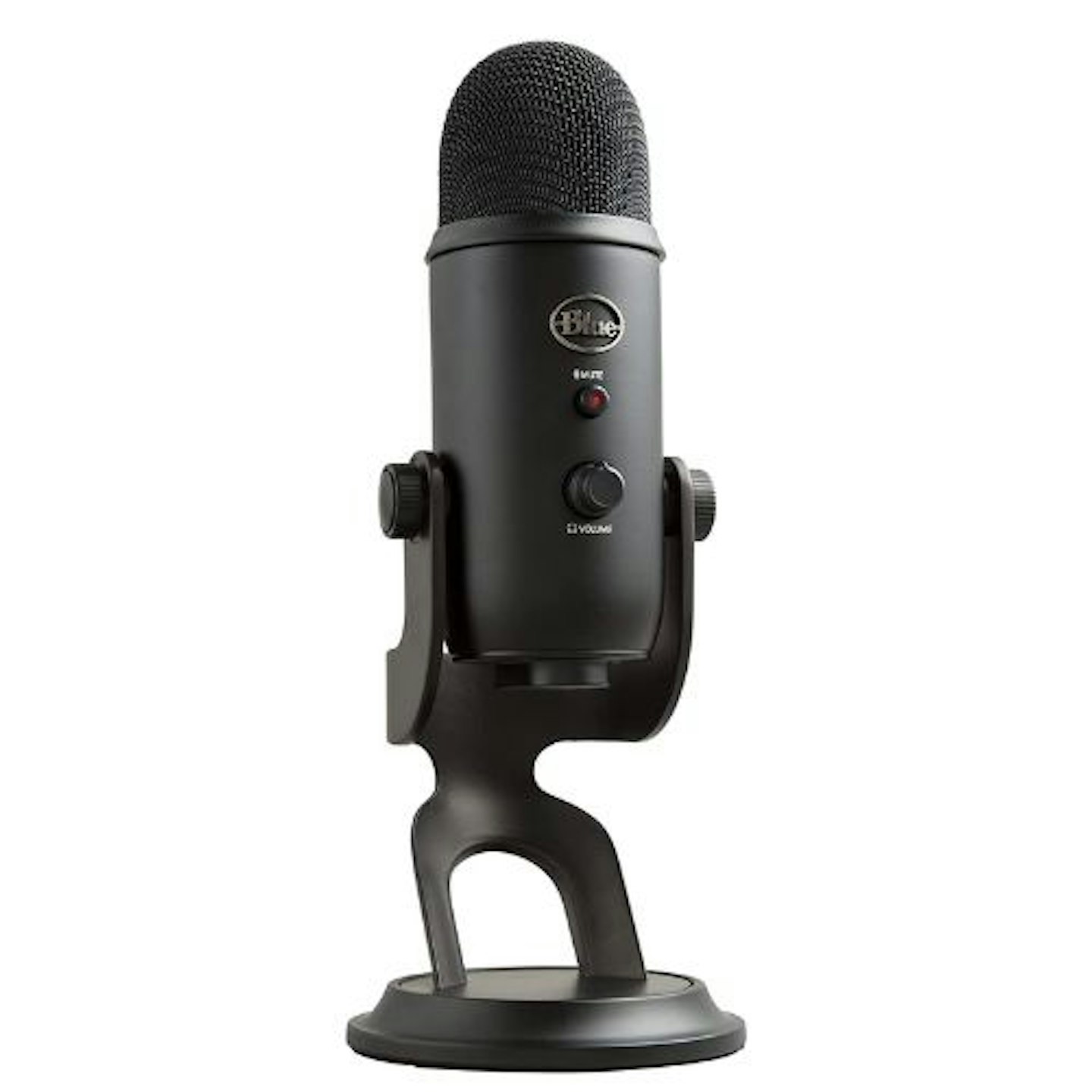
Logitech Blue Yeti USB Microphone
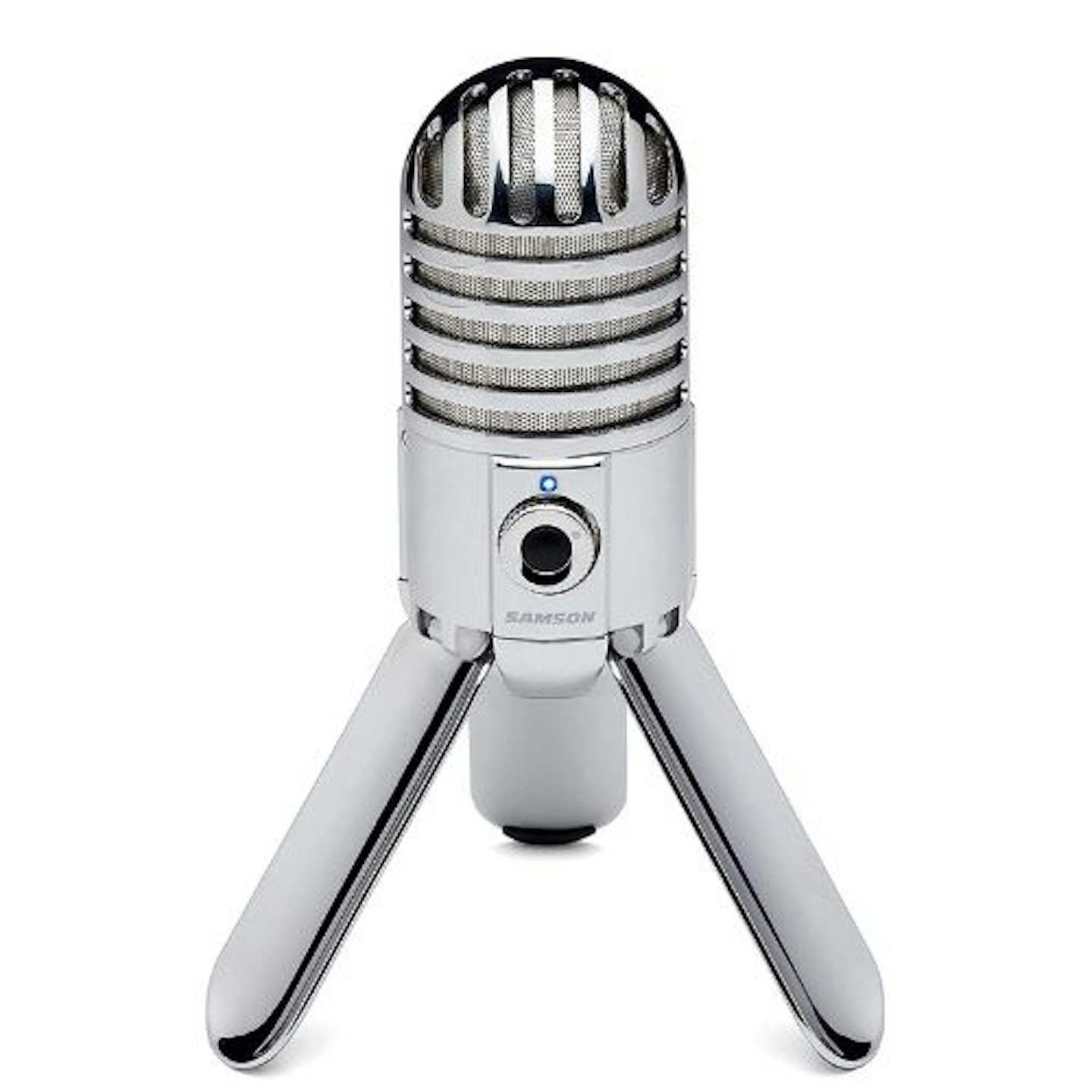
Samson Meteor USB Microphone
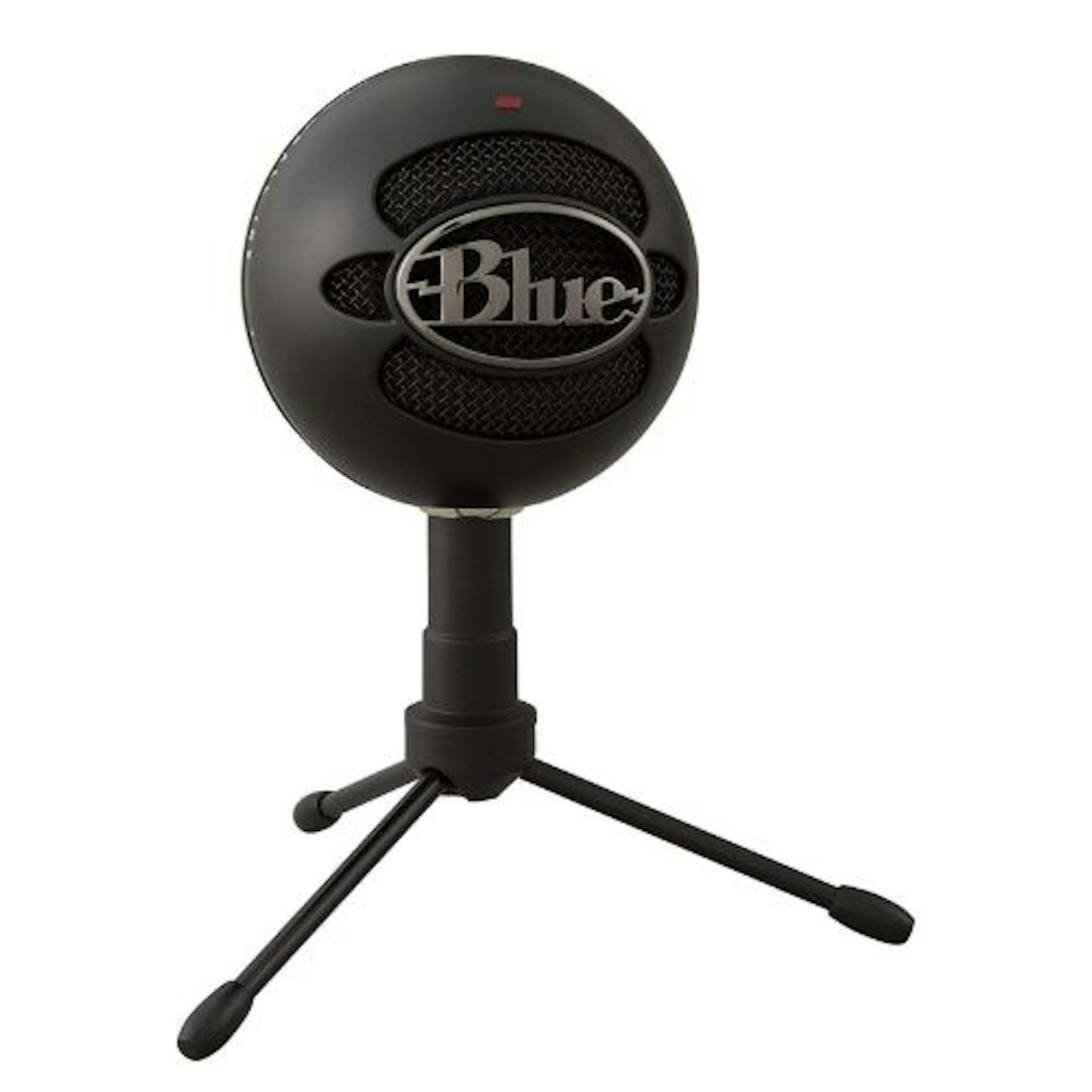
Blue Snowball iCE USB Mic

HyperX Quadcast

JLab Talk USB Microphone
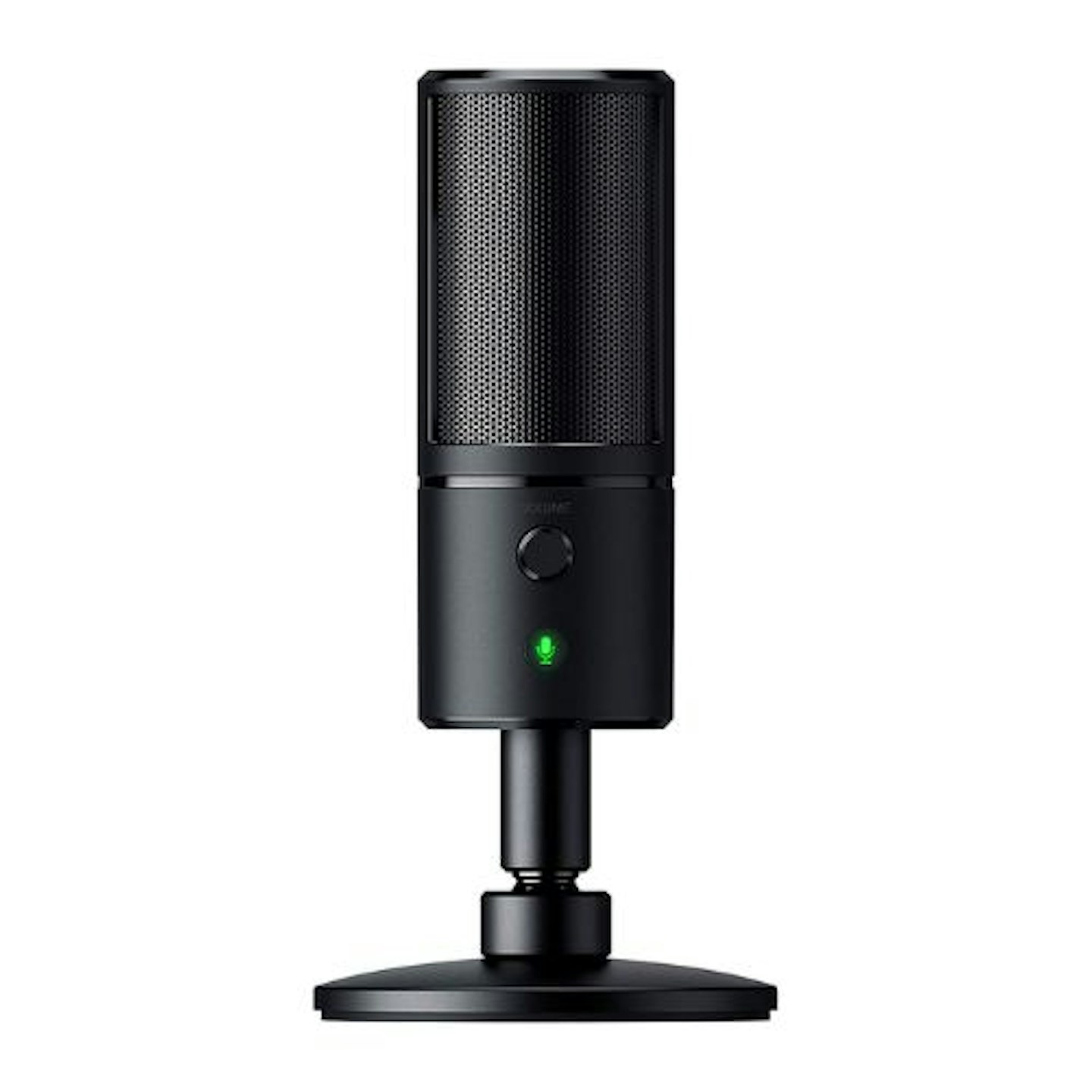
Razer Seiren X
